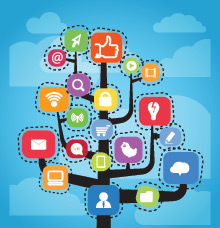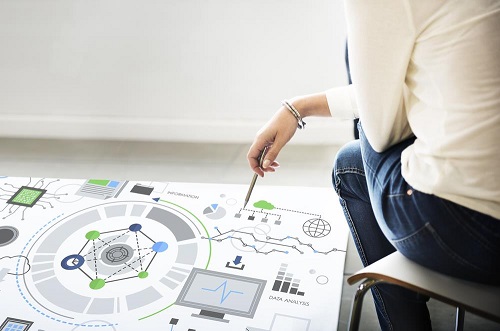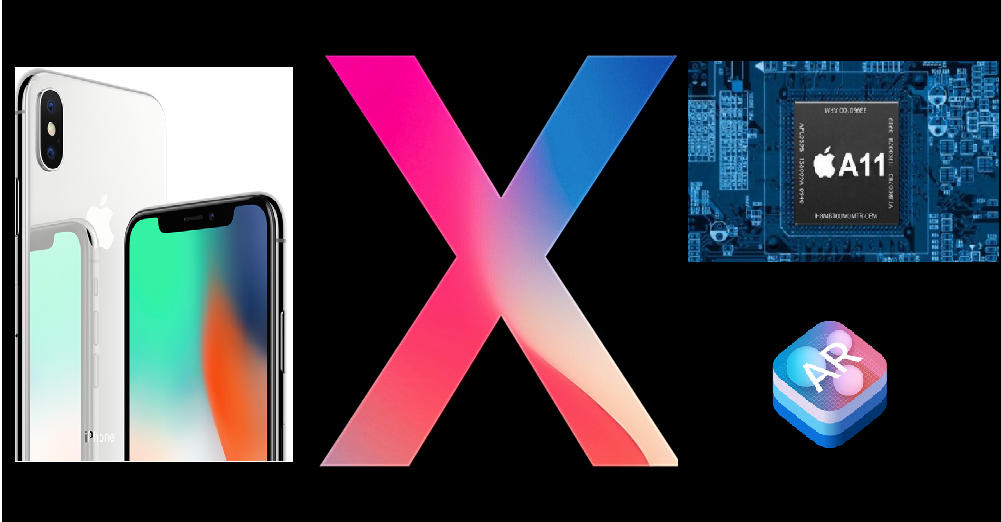Business intelligence and data analytics are evolving rapidly in the fast paced world of retail. As the world of mobility and artificial intelligence combines with smart data analytics, retailers across the globe are able to experience accurate analytical experience useful for their business.
In this era of global economic uncertainty and rising competition, data has emerged as one big effective tool for retailers. It is no surprise that every year retailers across the globe look to embrace retail analytics to improve their performance as well as enhance customer experience helping them stay ahead of the competition.
A growing demand and ever evolving world of analytics means that 2017 brings with its new trends that can help retail analytics grow as an integral part of retail business including. Here are seven such trends that are likely to witness a massive upside in 2017 as retail analytics grow.

1: The use of location analytics
Get more insight on Location Analytics and understand the purchasing behavior of consumers.
Retail analytics are likely to use more insights on user locations. With the use of location centric data analytics not only can retailers hope to assimilate more data, they also get the advantage of offering geo targeted push notifications on multiple devices. Another advantage of location based analytics is they can be tracked to use the purchasing behavior of consumers. Many retail giants like US fashion retailer Nordstrom have already started adoption of such location based analytics across various stores. Location analytics will offer retailers an insight into changing store visit patterns among demographics. Retailers can also then compare their number of consumer visits compared to their rivals for each location store.
2: Improved data analytics through IoT
Retail analytics are now trying to leverage IoT growth. Find out how?
With the number of connected devices likely to grow exponentially, Internet of Things (IoT) is offering retail analytics a game changing perspective. Retail analytics are now trying to leverage IoT growth. For example, Wi-Fi sensors in retail stores will now be able to interact with customers’ Wi-Fi enabled mobile devices generating insightful data. The tracking of such data analytics using IoT can result into detailed insights on the sequence of customer movement in the store or the time spent by a customer at a particular store or checking on the number of repeat visits by a customer. Once such IoT data is tracked and analyzed, it can offer unique insights for retailers.
3: Omni-channel data integration
Find out how does an omni-channel approach work?
Retail analytics today have a number of channels and verticals like commerce channel data, supply chain data, merchandising data, etc. What lacks in most retail analytics is the ability to deliver an omni-channel data integration for the retailer. This allows for a snapshot prediction for the retailer taking a holistic view into account. An omni-channel approach also cuts out the old way of gathering data always from the same channel allowing for a greater pin point precision in data analytics and predictability quotient.
4: Robotics for in-store experience
The use of robotics and artificial intelligence based bots for a seamless in-store experience are likely to be a big factor emerging at the forefront in the current year. Such bots will be doubling up as new data touch points gathering quality information on consumer behavior while aiding in promotional support and order execution. Consumers can also get real-time advice from bots creating a much more authentic relationship between them and the retail brand.
5: Augmented and virtual reality overdrive
Retail analytics are likely to harness the use of virtual reality allowing consumers visualize how certain products would look or feel in their space. Virtual reality is also going to impact retailers into creating a plan to design product shelves and store layouts for maximum efficiency. Mock trials of stocking shelves with virtual products and comparing the analytics with predictive outcomes will mean retailers can now plan their store designs far more effectively.
6: Explanatory analytics to replace predictive analytics
Retail analytics offer a predictive analysis based on data processing of collected data. Although predictive analysis helps retailers in getting the final picture, it did nothing to track the reasons behind a negative prediction of sales. Now retail analytics will be using an explanatory model allowing retailers to understand the reasons behind rise or fall in predictive outcomes. For example if a retailer is selling more number of ACs, the analytics will track the prevalent weather conditions to understand the future predictive trends and correlate why ACs have been selling more than anticipated with weather forecasts.
7: Analytics based dynamic pricing
Dynamic pricing is something which is worth its weight in gold especially for online retailers. With changing trends, retail analytic tools will now be able to tell online retailers the apt dynamic pricing for each product by analyzing real-time data. Since pricing remains the biggest factor in a successful sale of a product, real-time dynamic pricing can make online retailers leverage higher sales.
Conclusion: Retail analytics are evolving with new technology offering unique insights to retailers. Retailers are also leveraging their sales by focusing their attention on such smart retail analytics.

Sr. Manager, Marketing, Digital Services at Happiest Minds. With 10+ years of experience in marketing, she likes to seek challenging position that needs innovation, creativity and dedication. Her areas of expertise lie in Digital Marketing, Marketing Communication and strategy, Content Marketing, Sales Enablement, Lead Generation and Vendor Management. In her free time, Pragya likes to paint, write and travel.






